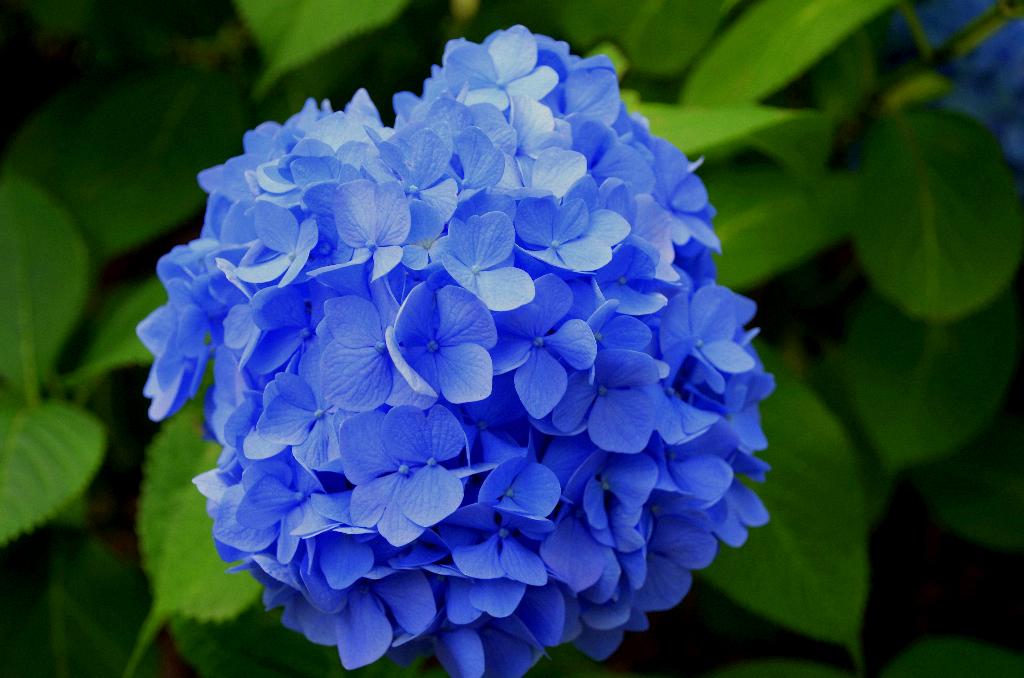When it comes to dividing hydrangeas, it’s essential to understand the process and techniques involved to ensure the health and vitality of your plants. Dividing hydrangeas can help rejuvenate older plants, promote new growth, and increase overall plant health.
Choosing the Right Time
Timing is crucial when it comes to dividing hydrangeas. The best time to divide these flowering shrubs is in the early spring or fall when the plant is dormant. This allows the plant to recover from the division process without the added stress of extreme temperatures.
Preparing for Division
Before you start dividing your hydrangea, make sure to water the plant thoroughly the day before. This will help loosen the soil and make it easier to remove the plant from the ground without damaging the roots. Prepare a new planting hole for the divided plant beforehand to ensure a smooth transition.
Division Process
Begin the division process by carefully digging up the entire hydrangea plant, making sure to dig around the root ball to preserve as many roots as possible. Once the plant is removed, gently shake off any excess soil to expose the root structure.
Dividing the Roots
Using your hands or a sharp tool, divide the root ball into sections, ensuring that each division has a healthy balance of roots and stems. It’s essential to be gentle during this process to prevent any damage to the roots, which are vital for the plant’s growth and development.
Replanting the Divisions
Once you have divided the hydrangea plant, carefully replant each section in the prepared holes, making sure to position them at the same depth as they were originally planted. Water the newly divided plants thoroughly to help settle the soil and reduce transplant shock.
Caring for Divided Hydrangeas
After dividing your hydrangea, provide regular watering to promote root establishment and encourage new growth. Apply a layer of mulch around the base of the plants to retain moisture and suppress weeds. Fertilize the divided hydrangeas following the plant’s specific requirements to support healthy growth.
Monitoring Plant Health
Keep a close eye on the divided hydrangeas for any signs of stress or transplant shock. Monitor the leaves for wilting, browning, or yellowing, which could indicate issues with watering or nutrient deficiency. Address any problems promptly to ensure the overall health of the plants.
Encouraging New Growth
To encourage new growth after division, consider applying a balanced fertilizer with equal parts nitrogen, phosphorus, and potassium. Prune any dead or damaged branches to stimulate fresh growth and shape the plant according to your desired aesthetic preferences.
Dealing with Pests and Diseases
Regularly inspect the divided hydrangeas for signs of pests or diseases, such as aphids, powdery mildew, or spider mites. Treat any issues promptly using organic or chemical solutions, depending on the severity of the infestation. Proper plant care and maintenance can help prevent future pest and disease problems.
Enjoying the Results
With proper care and attention, your divided hydrangeas will thrive and bloom beautifully in your garden. Take the time to appreciate the effort you’ve put into dividing and caring for these beloved plants, and enjoy the vibrant colors and delicate blooms they provide throughout the growing season.

Conclusion
Dividing hydrangeas can be a rewarding process that rejuvenates older plants and promotes new growth in your garden. By following the proper techniques and care tips outlined in this article, you can successfully divide your hydrangeas and enjoy a healthy, vibrant garden filled with these stunning flowering shrubs.
